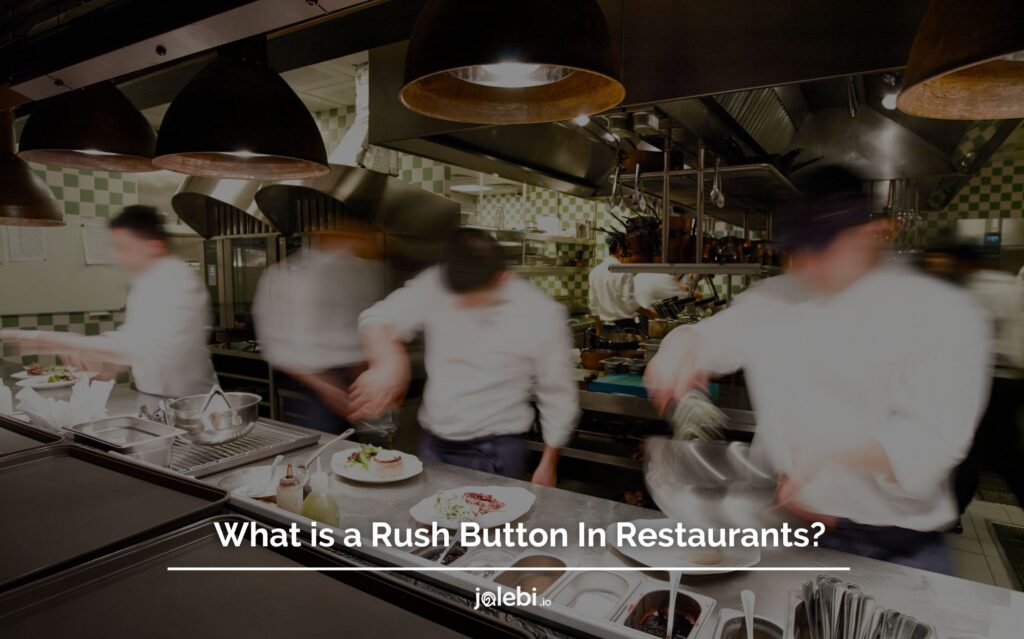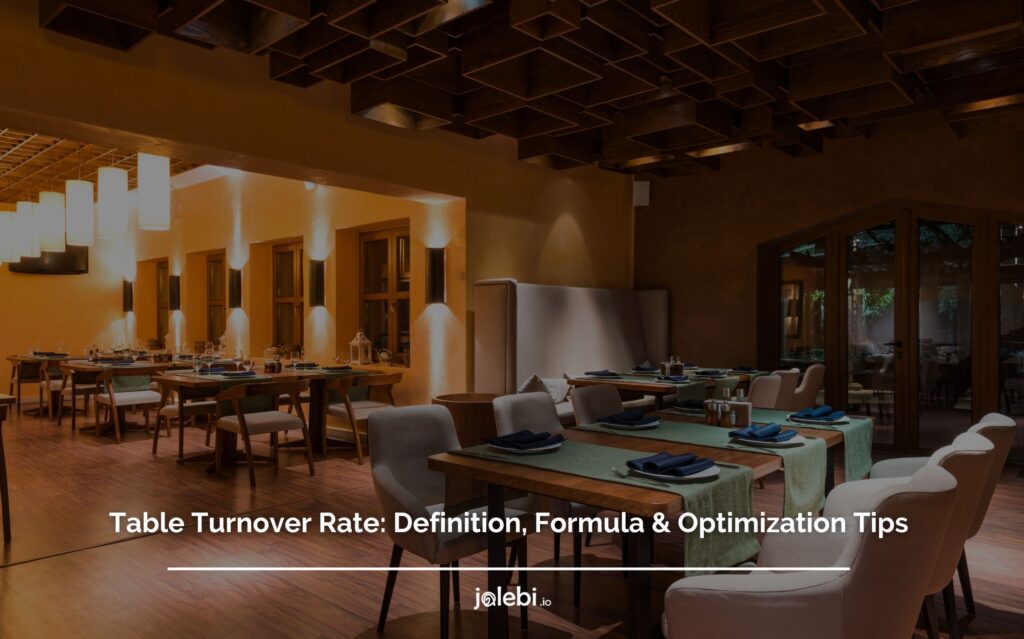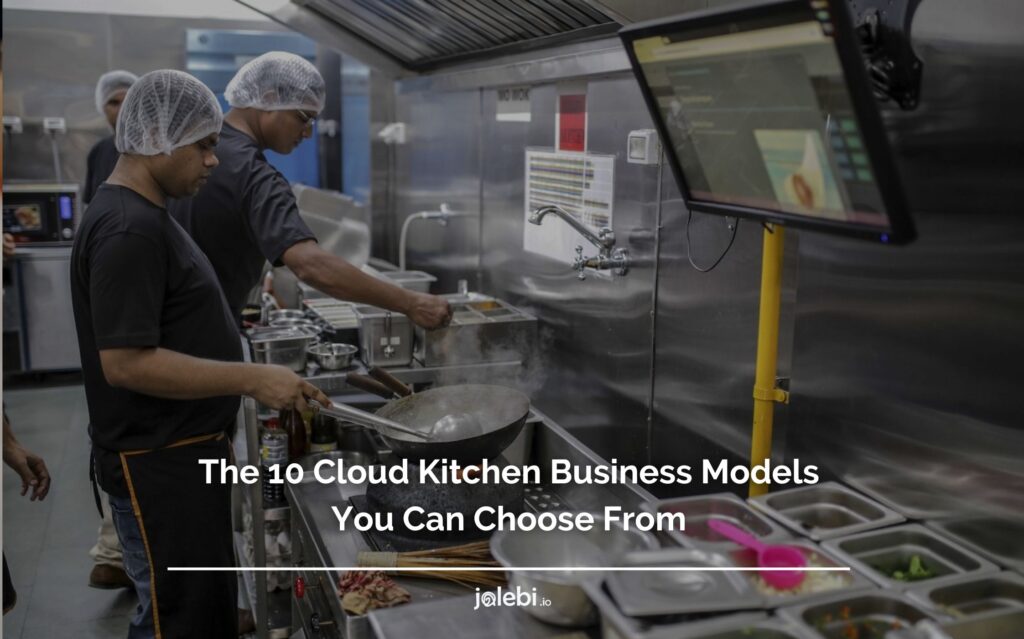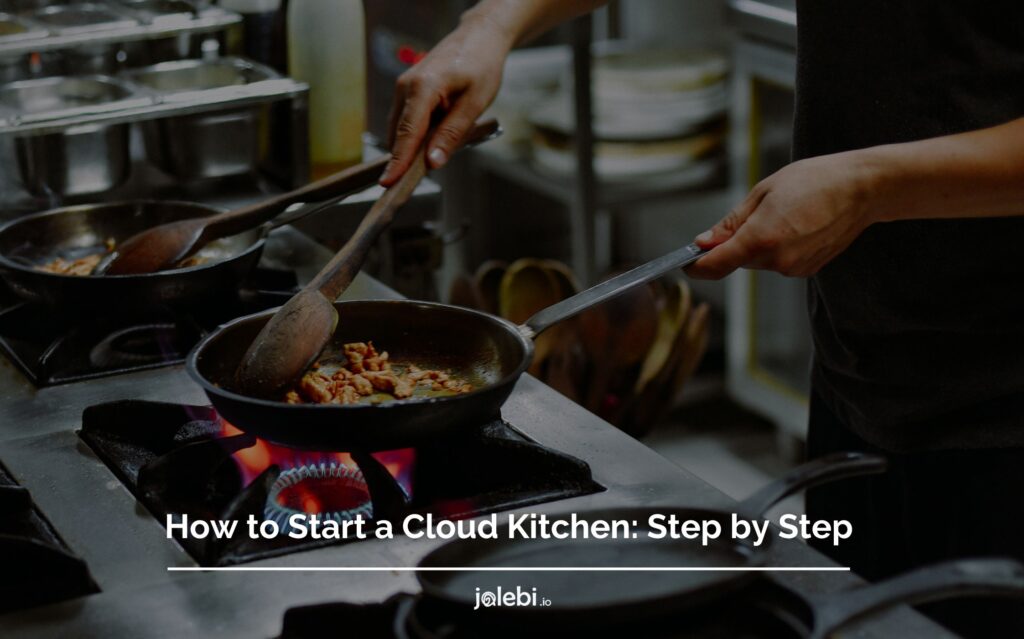Table of Contents

In 2021, the restaurant industry achieved a staggering total sales figure of $799 billion.
This impressive number highlights the significant role that restaurants play in the economy and the immense potential for growth within the industry.
As competition continues to intensify, it becomes crucial for restaurant owners and managers to harness the power of restaurant sales reports to drive business growth.
By leveraging the wealth of information offered by restaurant sales reports, restaurants can identify opportunities, address challenges, and ultimately enhance their bottom line.
In this comprehensive guide, we will explore how to effectively use restaurant sales reports to unlock the full potential of your business and achieve sustainable growth in this dynamic industry.
An Introduction To Sales Reports For A Restaurant?
Sales report for a restaurant are comprehensive documents that provide an overview of the restaurant’s sales performance over a specific period.
Restaurant reports capture essential information such as total sales revenue, sales by product category, sales by day or time, and sales by customer segment.
They offer valuable insights into key metrics like average check size, customer traffic, and sales trends.
Sales reports also provide data on menu item popularity, allowing restaurant owners and managers to identify top-selling dishes and make informed decisions about menu optimization.
Additionally, these restaurant reports can highlight sales patterns and seasonality, enabling restaurants to plan promotions, adjust staffing levels, and optimize inventory management.
Unlocking Success: The Main Types of Reports for Restaurants

When it comes to running a successful restaurant, data is key.
The ability to track and analyze various aspects of your business is essential for making informed decisions and driving growth.
One powerful tool in your arsenal is reports for restaurants.
Now we will explore the main types of reports for restaurants that can help you unlock the true potential of your business.
- Sales Reports
Sales reports are a fundamental tool for understanding your restaurant’s revenue streams and identifying areas of opportunity.
These reports provide in-depth insights into your sales performance, including total sales revenue, sales by product category, sales by day or time, and even sales by customer segment.
By generating these reports with jalebi, you can identify top-performing menu items, optimize pricing strategies, and implement targeted promotions to boost sales.
- Inventory Reports
Inventory reports provide comprehensive insights into your restaurant’s stock levels, ingredient usage, and food costs.
These reports help you track inventory turnover, identify slow-moving items, and optimize your ordering processes.
By analyzing inventory reports with jalebi’s inventory management platform, you can minimize waste, prevent stockouts, and manage food costs effectively.
These insights enable you to maintain optimal inventory levels, reduce food spoilage, and improve profitability by streamlining your supply chain.
- Customer Reports
Customer reports provide valuable information about your restaurant’s customer base, including demographics, preferences, and spending patterns.
These reports enable you to understand your target audience better, personalize marketing efforts, and enhance the overall customer experience.
- Shift Reports
Shift reports provide a comprehensive overview of the activities and performance during specific shifts at your restaurant.
These reports capture key metrics such as sales, labor costs, table turnover rates, and customer feedback.
With jalebi’s platform, you can generate shift reports seamlessly, capturing real-time data on sales, staff productivity, and customer satisfaction, allowing you to assess the success of each shift and make informed decisions for future improvements.
How To Use Restaurant Sales Reports To Boost Business Growth

Restaurant sales reports are powerful tools that provide valuable insights into the financial performance of your business.
By analyzing these reports, you can identify trends, track key metrics, and make data-driven decisions to drive business growth.
Here will take a look at important tips on how to effectively use restaurant sales reports to boost your business growth and maximize your revenue potential.
1- Track Key Performance Indicators (KPIs)
Restaurant sales reports allow you to monitor and analyze crucial KPIs such as total sales, average check size, and sales by category or menu item.
By tracking these metrics, you can gain a comprehensive understanding of your business’s financial performance.
With jalebi’s powerful data visualization capabilities, restaurants can gain a clear and comprehensive view of their key performance indicators (KPIs).
jalebi’s data visualization features transform complex sales data into intuitive graphs, charts, and dashboards, making it easier to interpret and analyze KPIs at a glance.
For instance, identifying periods of high or low sales can help you determine the most profitable days, optimize staffing levels, and plan promotional activities accordingly.
With the help of advanced analytics tools like jalebi, you can generate a comprehensive restaurant sales report that provides a granular view of your KPIs, empowering you to make data-driven decisions.
2- Identify Top-Selling Items And Optimize Menu
A restaurant sales report enables you to identify your top-selling menu items, allowing you to focus on their promotion and optimization.
By understanding customer preferences and popular choices, you can make informed decisions about pricing strategies, portion sizes, and menu updates.
With access to detailed sales reports, you can determine the contribution of each menu item to overall revenue, identify underperforming items, and make necessary adjustments to maximize profitability.
Jalebi’s user-friendly interface and intuitive menu management features make it incredibly convenient for restaurant owners to update their menus according to sales trends.
With real-time access to sales data and insights, restaurant owners can easily identify which menu items are performing well and which ones may need adjustment.
3- Analyze Sales Trends
Restaurant sales reports provide valuable insights into sales trends over specific periods, helping you identify patterns and adjust your business strategies accordingly.
For instance, you can analyze sales data by day of the week, time of day, or seasonality to identify peak and off-peak periods.
This information allows you to allocate resources effectively, optimize staffing levels, and tailor marketing efforts to capture more sales during high-demand periods.
With the help of jalebi’s comprehensive sales reporting capabilities, you can easily visualize sales trends through intuitive graphs and charts, enabling you to make proactive decisions based on data-driven insights.
4- Evaluate Marketing Campaigns
Sales reports play a crucial role in evaluating the effectiveness of your marketing campaigns and promotions.
By correlating sales data with your marketing initiatives, you can measure the impact of different campaigns on sales performance and return on investment (ROI).
This analysis helps you identify the most successful marketing channels, target specific customer segments, and allocate your marketing budget more efficiently.
With the availability of detailed sales reports, you can gain a deeper understanding of the relationship between marketing activities and sales results, enabling you to refine your marketing strategies for maximum impact.
5- Forecast and Plan Ahead
Restaurant sales reports provide historical data that you can use to forecast future sales and plan your operations effectively.
By analyzing sales patterns, market trends, and historical data, you can make accurate sales projections and optimize inventory management, staffing, and financial planning.
This proactive approach ensures that you are well-prepared to meet customer demand, minimize waste, and optimize resource allocation.
Advanced reporting tools like jalebi can facilitate the generation of comprehensive sales reports, making it easier for you to forecast and plan for the future.
Generate Insightful Reports For Your Restaurant With jalebi
In the fast-paced world of restaurant management, data-driven insights are essential for making informed decisions and driving business growth. That’s where jalebi comes in.
With its robust reporting capabilities, Jalebi empowers restaurant owners and managers to generate insightful reports that provide valuable information and actionable insights.
From sales performance to inventory management, our reporting features cover various aspects of restaurant operations.
Let’s explore the key reports that we can generate and how they can help you unlock the full potential of your restaurant.
1- Sales Performance Reports
jalebi enables you to generate comprehensive sales performance reports that provide a detailed overview of your restaurant’s sales activities.
These reports capture crucial metrics such as total sales, revenue breakdowns, average check size, and sales trends over time.
With this information at your fingertips, you can identify top-performing menu items, peak sales periods, and areas for improvement.
This helps you make data-driven decisions to optimize your menu, pricing strategies, and promotional campaigns to maximize sales growth.
2- Channel Order Reports
With jalebi, you can generate channel order reports that analyze orders received through various channels such as dine-in, takeout, delivery, or online platforms.
These reports help you understand the popularity and profitability of each channel, allowing you to allocate resources and marketing efforts accordingly.
3- Shift Reports
Shift reports offer a comprehensive overview of the performance and activities during specific shifts in your restaurant.
With our shift reporting feature, you can generate detailed reports that capture important metrics like sales, labor costs, customer counts, and employee performance for each shift.
These reports enable you to track peak business hours, identify staffing needs, evaluate employee productivity, and spot any operational challenges.
By leveraging shift reports, you can optimize your workforce scheduling, streamline operations, and enhance overall efficiency.
4- Revenue Reports
Revenue reports provide a clear snapshot of your restaurant’s financial performance and revenue streams.
We enable you to generate revenue reports that analyze sales data, revenue breakdowns by product or service categories, and revenue trends over time.
These reports enable you to monitor revenue growth, identify top-selling items, evaluate the effectiveness of promotional campaigns, and make data-driven decisions to drive business growth.
By leveraging revenue reports, you can optimize pricing strategies, focus on high-margin offerings, and identify opportunities to increase profitability.
Final Thoughts
The restaurant industry plays a significant role in the economy, with projected annual sales reaching a staggering $863 billion.
With such a large market and fierce competition, it becomes crucial for restaurant owners and managers to leverage every possible tool to stay ahead.
Jalebi, with its powerful features and intuitive interface, can be the secret ingredient that helps restaurants thrive in this competitive landscape.
By providing comprehensive reports, streamlined inventory management, and data visualization capabilities, we empower restaurants to make informed decisions, optimize operations, and drive business growth.
Contact us today for more insights and information!
Frequently Asked Questions
- Which is a method used to increase the revenue in a restaurant?
Increasing revenue in a restaurant can be achieved through various methods, but one effective approach is to focus on improving customer satisfaction.
By providing exceptional dining experiences, offering high-quality food and beverages, and delivering excellent customer service, restaurants can attract more patrons and encourage repeat business.
Additionally, implementing upselling and cross-selling techniques, such as suggesting add-ons or promoting specials, can increase the average check size and boost revenue.
- What is the key to success in restaurant business?
The key to success in the restaurant business lies in a combination of factors.
Firstly, maintaining consistency in food quality and service is essential to build a loyal customer base.
Secondly, understanding the target market and tailoring the restaurant’s offerings to meet their preferences and needs is crucial.
Effective marketing and branding efforts also play a significant role in attracting customers and establishing a positive reputation.
Lastly, having a well-structured and efficient operational framework, including streamlined processes, skilled staff, and effective cost management, contributes to sustained success in the competitive restaurant industry.
- What is a common strategy for restaurants to boost their profits?
A common strategy employed by restaurants to boost their profits is implementing a menu engineering approach.
Menu engineering involves analyzing the profitability and popularity of menu items and strategically adjusting pricing and menu placement to maximize revenue.
By identifying high-profit margin items and promoting them strategically, while also assessing underperforming dishes and considering potential adjustments, restaurants can optimize their menu offerings for profitability.
Additionally, employing effective cost control measures, such as monitoring ingredient costs, minimizing waste, and optimizing inventory management, can also contribute to increased profits.











